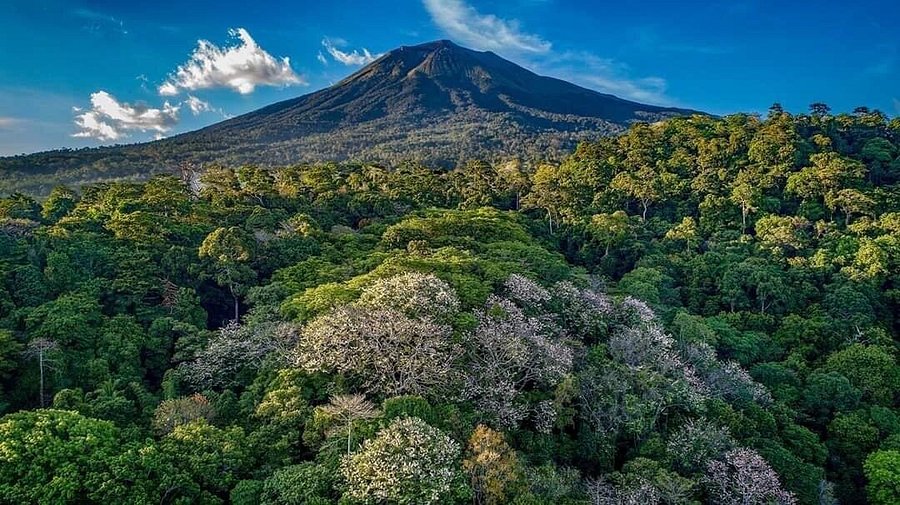sierra-barter.com – Mount Kanlaon, a towering presence on Negros Island in the Philippines, is one of the country’s most active volcanoes. Rising to an elevation of 2,465 meters, it is the highest peak in the Visayas region and serves as a prominent feature of the island’s landscape. This article delves into the geological significance, ecological diversity, and cultural importance of Mount Kanlaon.
Geological Features
Mount Kanlaon is a stratovolcano, characterized by its steep, symmetrical profile and a complex system of craters and calderas. It is part of the Pacific Ring of Fire, a region known for its intense seismic and volcanic activity. The volcano’s activity is closely monitored due to its potential impact on the surrounding communities. Eruptions have historically shaped the landscape, creating fertile soils that support agriculture in the region.
Ecological Diversity
The ecological diversity of Mount Kanlaon is remarkable, with its slopes covered in dense forests that house a wide array of plant and animal species. The area is part of the Mount Kanlaon Natural Park, a protected area established to conserve its rich biodiversity. The park is home to several endemic species, including rare orchids and various bird species. The diverse ecosystems range from lowland forests to mossy forests near the summit, providing vital habitats for wildlife.
Cultural and Historical Significance
Mount Kanlaon holds significant cultural and historical value for the local communities on Negros Island. It is named after Kan Laon, an ancient Visayan deity believed to have resided on the volcano. The mountain is a site of cultural heritage, with local legends and folklore woven into its history. For the indigenous and local populations, Mount Kanlaon is not only a natural landmark but also a spiritual symbol that plays a role in traditional practices and beliefs.
Challenges and Conservation Efforts
The conservation of Mount Kanlaon faces several challenges, including deforestation, agricultural expansion, and tourism-related impacts. These activities threaten the delicate balance of its ecosystems. Conservation efforts are underway to mitigate these threats, focusing on sustainable tourism, reforestation, and community engagement. The Mount Kanlaon Natural Park serves as a crucial tool in these efforts, promoting environmental awareness and protection.
Conclusion
Mount Kanlaon is more than just an active volcano; it is a vital ecological and cultural treasure on Negros Island. Its geological activity, rich biodiversity, and cultural significance make it a unique and invaluable part of the Philippines’ natural heritage. As conservation initiatives continue to protect this majestic mountain, Mount Kanlaon remains a testament to the dynamic forces of nature and the importance of preserving our planet’s diverse landscapes for future generations.
